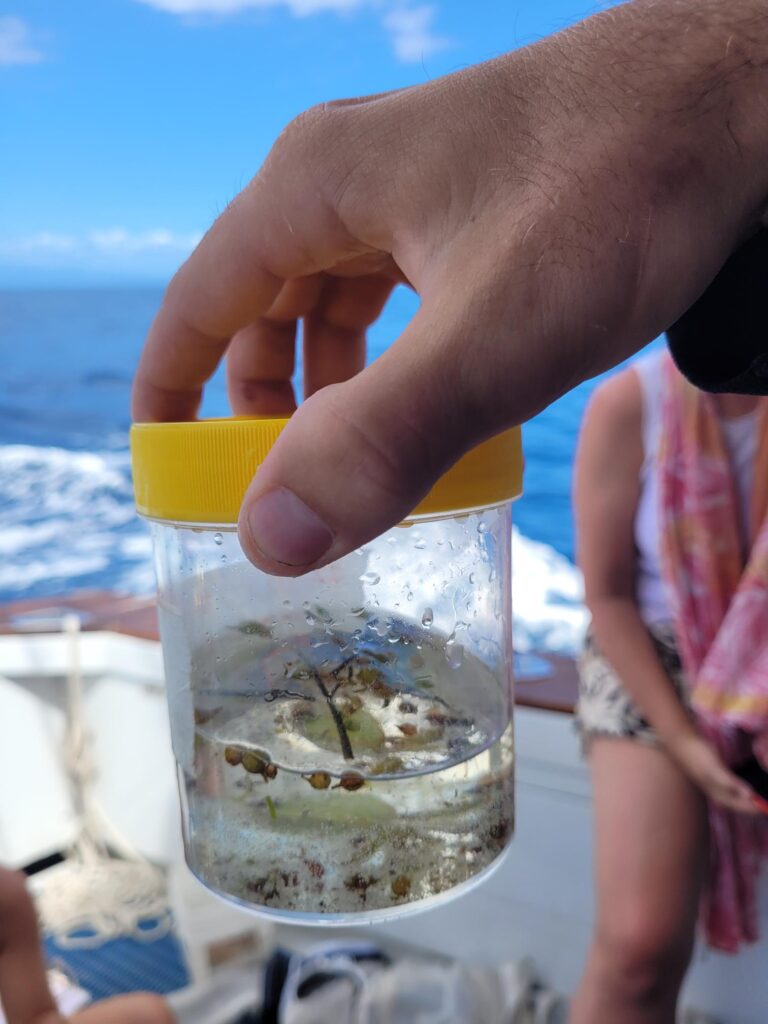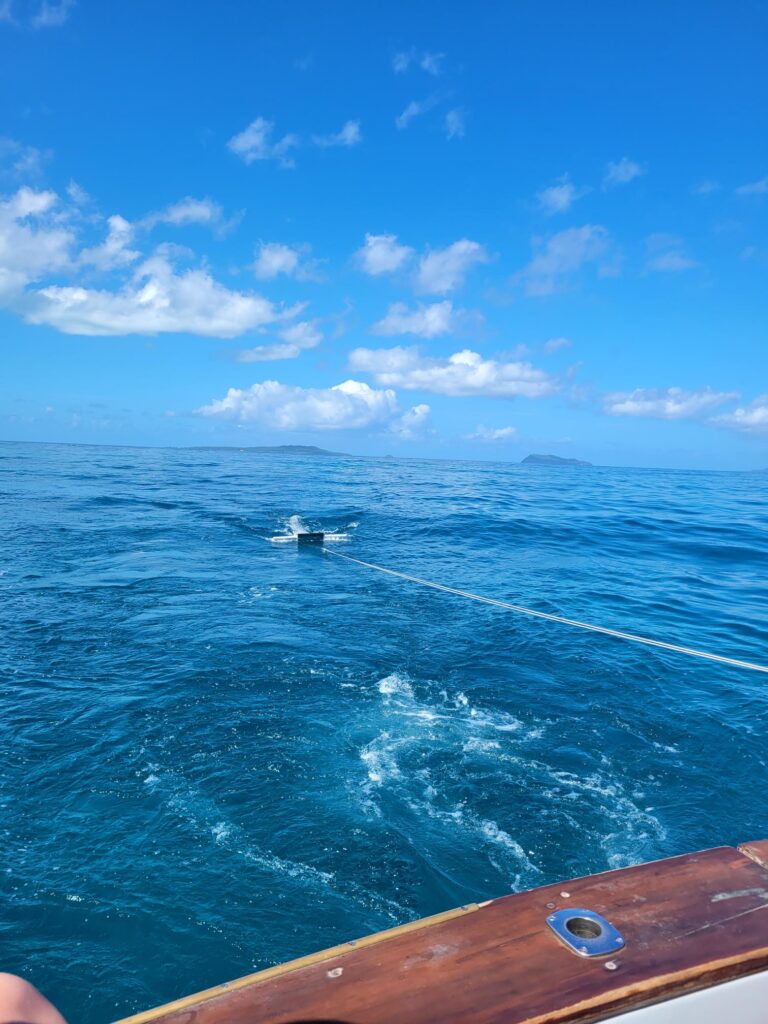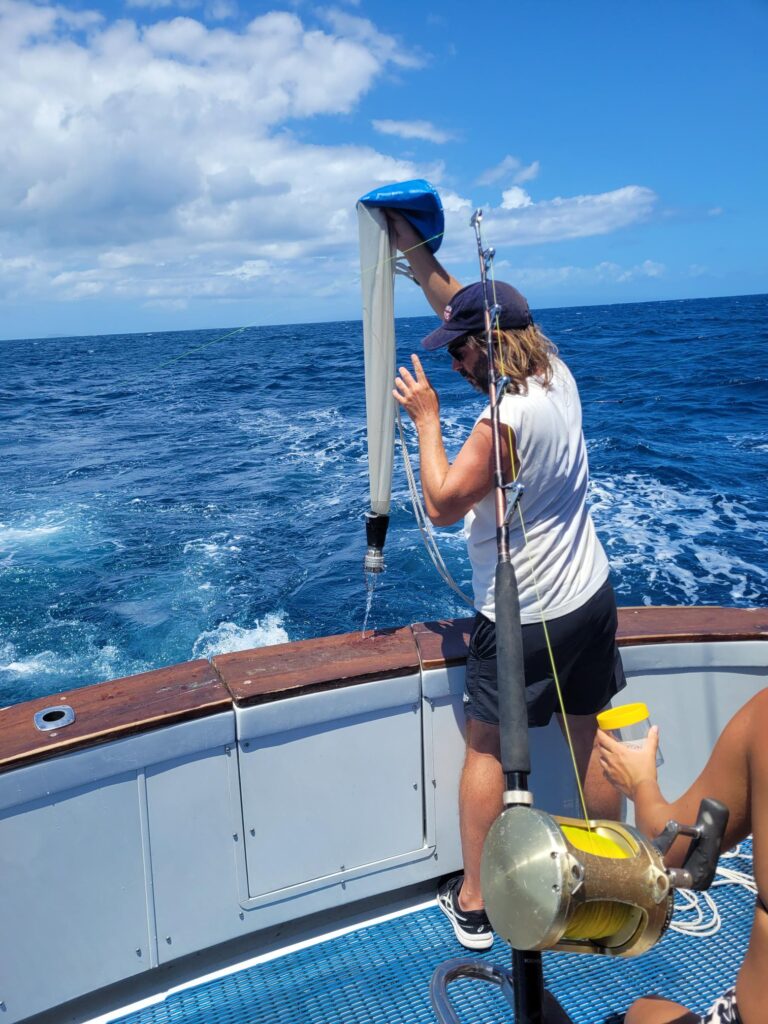News - Dec 18, 2023 Understanding the “Invisible” Effects of Marine Plastic Pollution


Does plastic disappear when it enters our oceans? Or does it just keep breaking down smaller and smaller? And what effects can tiny plastic have on our ecosystems and human health?
Those are the question a University of Newcastle, DFAT-funded New Colombo research are seeking to answer during a recent trip to Samoa. The research was undertaken in partnership with the Scientific Research Organisation of Samoa (SROS), the Ministry of Natural Resources and Environment (MNRE), the National University of Samoa (NUS), and the Secretariat of the Pacific Environment Program (SPREP).

The PacWaste Plus technical officer joined some of the sampling of the ocean, beaches, and mangroves. The team was sampling plastics down to 50 microns – that’s 5% of a millimeter – or half the diameter of a human hair!
Samples collected will be laboratory analysed to understand the volume and extent of the microplastics in Samoa’s waters and beaches, and what effect plastic of this size may be having on marine species and human health (as we eat the microplastics through our food chains).

Understanding the long-term and wide-ranging impacts of plastics can provide governments further validation and incentive for the introduction of plastics and waste management initiatives such as ARDF and producer/consumer responsibility programmes.
For guidance to design and implement an ARFD scheme see the newly published PacWastePlus resources.
For those wondering about the results of the study, stay tuned for the findings to be released next year.


